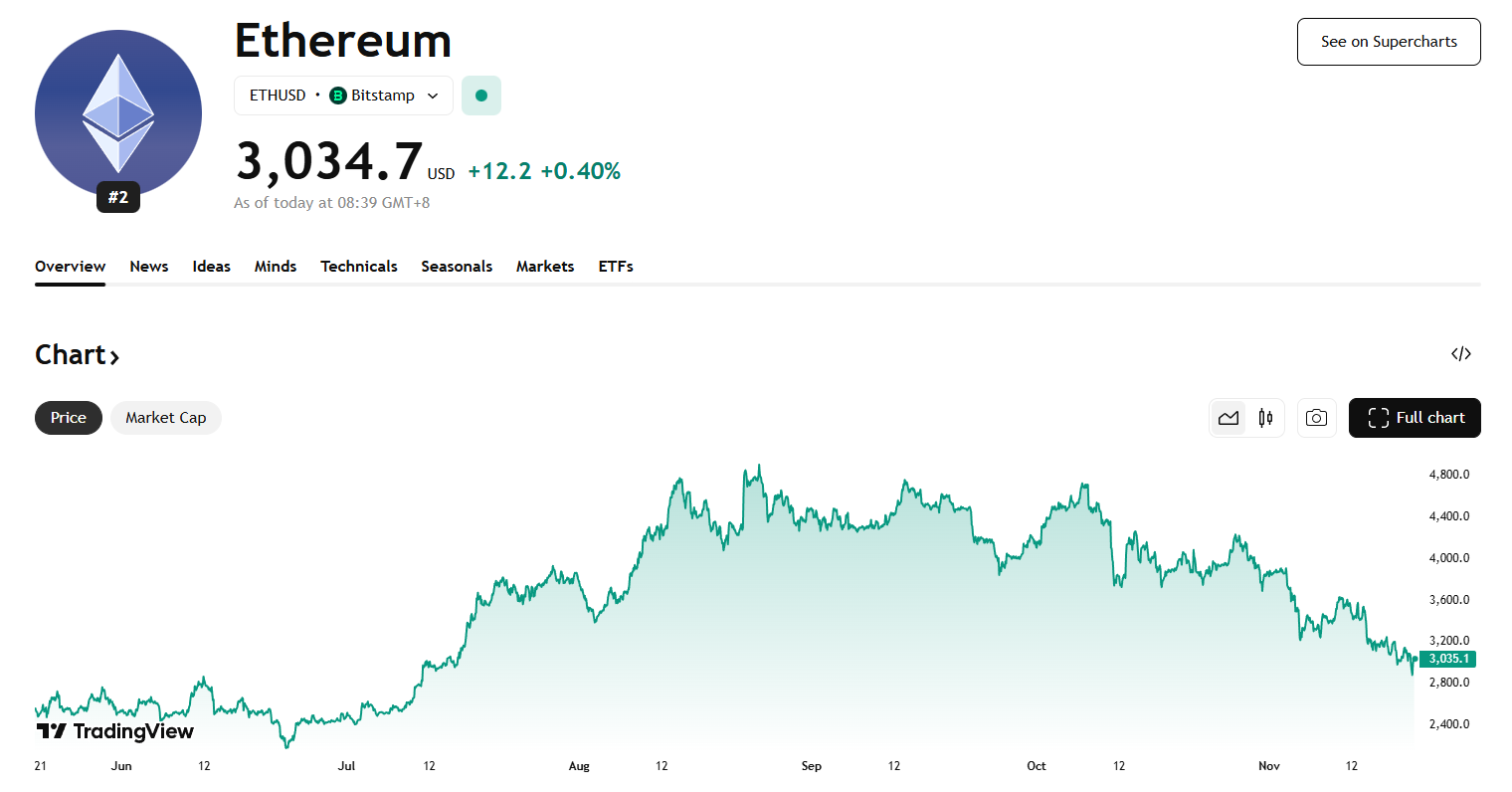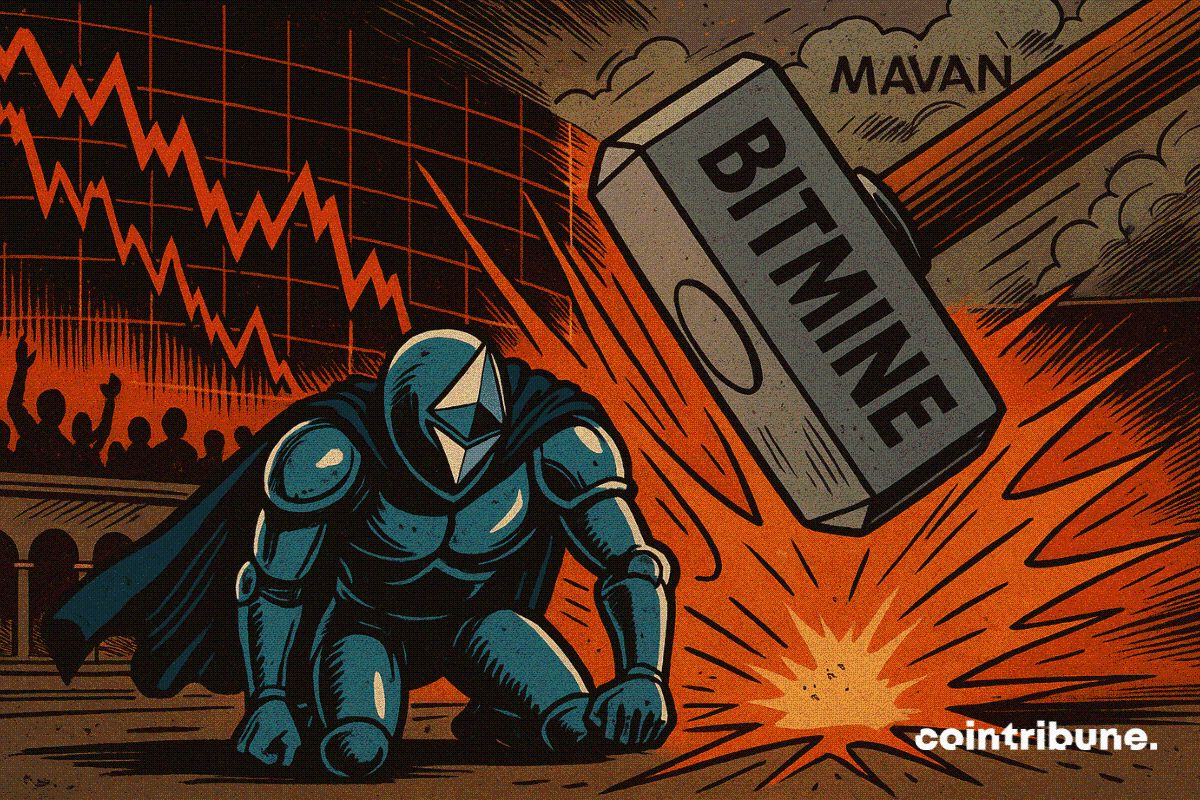Fed’s ‘third mandate’ may devalue dollar, send crypto soaring
A “third mandate” from the US Federal Reserve could change long-term monetary policy if actioned, which could be bad news for the dollar but good news for crypto.
The Fed has long been considered to have a dual mandate — price stability and maximum employment — but President Donald Trump’s pick for Fed governor , Stephen Miran, cited a “third mandate” earlier this month, sparking speculation on the future of central bank monetary policy.
The third mandate is a statutory requirement buried in the Fed’s founding documents, which states that the central bank actually requires three objectives: maximum employment, price stability and moderate long-term interest rates.
The Trump administration appears ready to use this forgotten statutory requirement as justification for more aggressive intervention in bond markets, potentially through yield curve control or expanded quantitative easing and money printing, Bloomberg reported on Tuesday.
 The 1913 Federal Reserve Act notes a third mandate (highlighted) for moderate long-term interest rates. Source: US Government Publishing Office
The 1913 Federal Reserve Act notes a third mandate (highlighted) for moderate long-term interest rates. Source: US Government Publishing Office
Lowering long-term interest rates
This third goal has been largely ignored for decades, with most considering it a natural byproduct of achieving the first two, but Trump officials are now citing it as legal cover for potential yield curve control policies, where the Fed buys government bonds to target a desired interest rate.
Trump has long advocated for lower rates, calling Fed governor Jerome Powell “too slow” or “ too late ” in reducing them.
The administration wants to actively suppress long-term interest rates, and potential tools include increased Treasury bill issuance, bond buybacks, quantitative easing or direct yield curve control.
Lower long-term rates would reduce government borrowing costs as national debt hits a record $37.5 trillion. The administration also wants to stimulate housing markets by bringing down mortgage rates.
Positive impact on crypto
Christian Pusateri, founder of encryption protocol Mind Network, said on Wednesday that the third mandate is “financial repression by another name,” adding that it “looks a lot like” yield curve control.
“The price of money is coming under tighter control because the age-old balance between capital and labor, between debt and GDP, has become unstable,” he said.
“Bitcoin stands to absorb massive capital as the preferred hedge against the global financial system.”
Outspoken BitMEX founder Arthur Hayes also said it was bullish for crypto, suggesting that yield curve control could send Bitcoin to $1 million.
 Source: Arthur Hayes
Source: Arthur Hayes
Disclaimer: The content of this article solely reflects the author's opinion and does not represent the platform in any capacity. This article is not intended to serve as a reference for making investment decisions.
You may also like
Hotcoin Research | Fusaka Upgrade Approaching: Analysis and Outlook on Ethereum Long and Short Positions
This article will review Ethereum's recent performance, provide an in-depth analysis of the current bullish and bearish factors facing Ethereum, and look ahead to its prospects and trends for the end of this year, next year, and the medium to long term. The aim is to help ordinary investors clarify uncertainties, grasp trends, and provide some reference to support more rational decision-making during key turning points.

Crypto Market Surges as Bitcoin Rebounds and Privacy Coins Shine
In Brief Bitcoin rebounded over the weekend, testing the $86,000 mark. Privacy-focused altcoins Monero and Zcash showed notable gains. Total market value surged, crossing the $3 trillion threshold again.

Crypto Markets Rebound as Traders Signal Seller Fatigue
In Brief Crypto markets rebounded amid significant liquidations and oversold RSI signals. Weekend trading conditions with thin liquidity influenced rapid price shifts. The rebound's sustainability remains uncertain, prompting scrutinous investor attention.

Cardano : Network security questioned after a major incident

